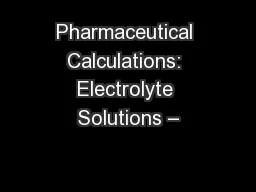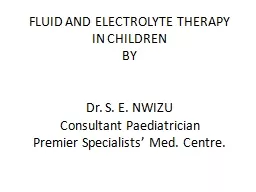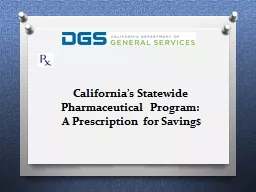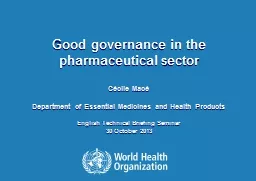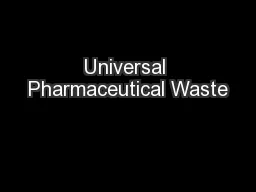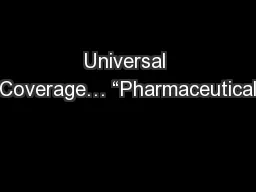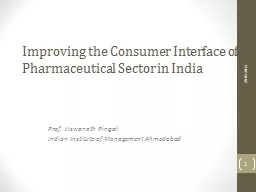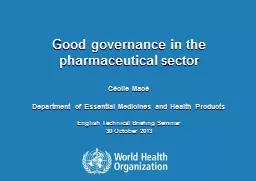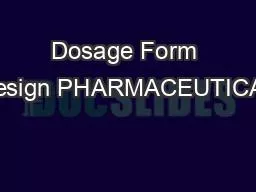PPT-Pharmaceutical Calculations: Electrolyte Solutions –
Author : marina-yarberry | Published Date : 2017-03-18
Milliequivalents Millimoles Milliosmols Danielle DelVillano PharmD Objectives Calculate the milliequivalent weight from an atomic or formula weight Convert
Presentation Embed Code
Download Presentation
Download Presentation The PPT/PDF document "Pharmaceutical Calculations: Electrolyte..." is the property of its rightful owner. Permission is granted to download and print the materials on this website for personal, non-commercial use only, and to display it on your personal computer provided you do not modify the materials and that you retain all copyright notices contained in the materials. By downloading content from our website, you accept the terms of this agreement.
Pharmaceutical Calculations: Electrolyte Solutions –: Transcript
Download Rules Of Document
"Pharmaceutical Calculations: Electrolyte Solutions –"The content belongs to its owner. You may download and print it for personal use, without modification, and keep all copyright notices. By downloading, you agree to these terms.
Related Documents

